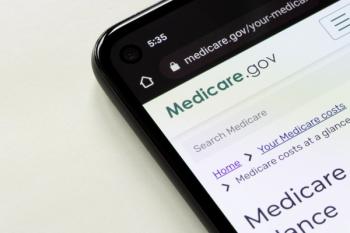
Meaningful Use, Health Insurance Exchanges Continue to Evolve
In August, federal officials released the final Stage 2 rule for Meaningful Use. The second stage calls for hospitals, physicians, and other 'eligible providers' to increase interoperability of health information, adopt more standardized data formats, and generally make their EHR systems more capable than in the current Stage 1.
HIT Roundup
In August, federal officials released the final
Another significant change is the timing for the implementation of Stage 2 meaningful use.
Under the current requirements, eligible doctors and hospitals that began participating in the Medicare EHR Incentive Programs in 2011 would have had to meet new standards for the program in 2013. If they did not participate in the program until 2012, they could wait to meet these new standards until 2014 and still be eligible for the same incentive payment. To encourage faster adoption the rule allows doctors and hospitals to adopt health IT in 2011, without meeting the new standards until 2014. The proposed rule would move all menu set items to core measures, and many of the percentages are increased, and some new menu objectives added.
Providers can begin earning incentive payments for Stage 1 use as late as 2017; however, Medicare will impose penalties for not achieving Meaningful Use by 2015.
To read more about the Stage 2 rule, please visit the resources below.
Around the Web
Health Insurance Exchanges
Considering that an estimated 25 million people are to gain health coverage through health insurance exchanges (HIX) over the next 10 years, it’s not a good sign that
Despite being a central part of the Obama Administration’s health reform, only 13 states have committed to setting up their own HIX.
To read the latest information on HIX, please visits the resources below.
Around the Web
Newsletter
Stay ahead of policy, cost, and value—subscribe to AJMC for expert insights at the intersection of clinical care and health economics.

















































